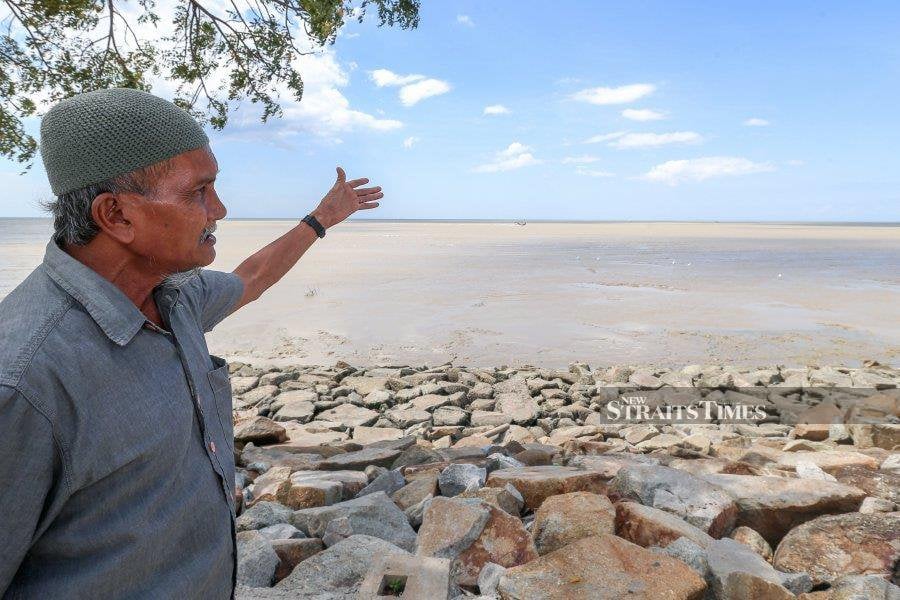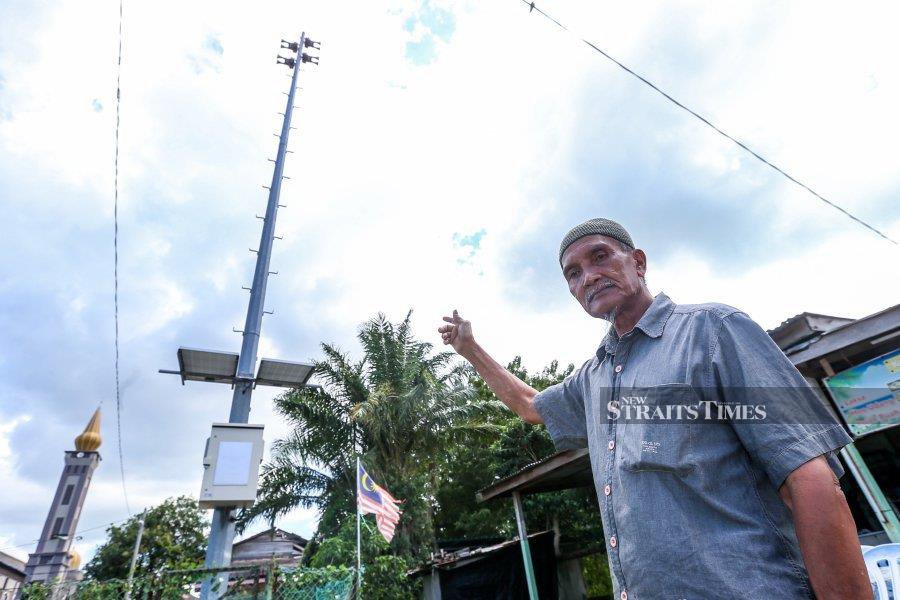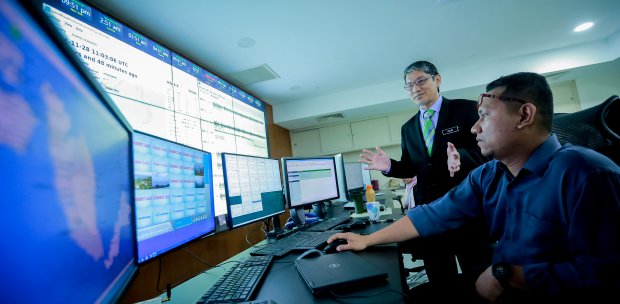SEBERANG PRAI: Having survived the Boxing Day Tsunami 19 years ago, villagers of Kampung Kuala Muda here are now better prepared to face a similar disaster.
The 2004 disaster, which hit the Indian Ocean, is believed to be one of the deadliest tsunamis in the past two decades, killing more than 230,000 people across 14 countries.
In Malaysia, 67 people died due to the natural disaster — 52 in Penang, Kedah (12), Perak (2) and Selangor (1) — while some 300 people were injured. At least six people were unaccounted for.
For villagers of Kampung Kuala Muda here, life on the coast after the tragedy was never the same for them again.

Fauzi Yusoff, 63, who runs a small eatery near the shoreline of Kuala Muda, said any change in the weather patterns is more than enough to spook villagers.
He said the community's state of alertness is now heightened, attributing it to regular emergency drills and briefings since the tsunami with a component of the early warning system visibly erected at the entrance of Kampung Kuala Muda.
"Back then, we did not know what actually hit us. Now, we know what a tsunami is all about and how to face it better."
Fauzi added the early warning system is also subject to frequent testing by authorities about two to three times a year.
"During emergency drills to alert the community, there is a collaboration between authorities, which included the police, firefighters, and mosque committee."
Fauzi stressed the psychological impact of the tragedy, stating, "Even a storm is enough to freak us out."
However, he expressed confidence in the early warning system, considering it a vital tool for their safety.
Although there was only one death reported in his village, the scenes of the destruction that the deadly wave brought are still fresh in everyone's minds, he added.
"If you have lived through and survived the tsunami, then you will know what I mean."
"Around 11am, the sea mysteriously receded 1 km into the horizon, revealing a dried-up expanse that lured villagers to collect seafood," Fauzi recollected the tragedy that took place on Dec 26, 2004.
Unbeknownst to the public, he said, the calm before the storm preceded the devastation that would follow.
As the crowd gathered along the exposed seabed, Fauzi sensed danger upon spotting a distant line of white waves prompting him to warn others to retreat to higher ground.
"The first of three waves struck after Zohor prayers without severe impact.
"However, the second wave surged fiercely, crashing into homes and leaving destruction in its wake," he said.
"It also claimed the life of a villager who bravely ventured to sea after the initial wave to retrieve his boat," he added.
"Hundreds sought shelter at SK Kuala Muda for several weeks in the aftermath.
"It was like a war-torn scene. Not a single house in this village was spared from the deluge of thick mud and seawater," he said.
Fauzi added the primary school remains as a designated evacuation point until today, along with the village's nearby fire station in an event of a disaster.
His harrowing account serves as a poignant reminder of the unpredictable nature of tsunamis and the irreversible changes they bring.
Another tsunami survivor Mohd Fairuz Elyas, who is in his 40s, vividly recalled the chaos that unfolded where he witnessed the second wave inundate the entire village with mudwater.
Homes situated by the shoreline near Pasar Bisik, he said, were swiftly engulfed causing a frantic evacuation as residents fled the advancing disaster.
"It wasn't until later, through news reports, that they realised the true magnitude of the event," said Fairuz.
He said the resilience of the community was profound as they not only grappled with the immediate aftermath but also took proactive measures to rebuild their lives and safeguard themselves against other future calamities.






